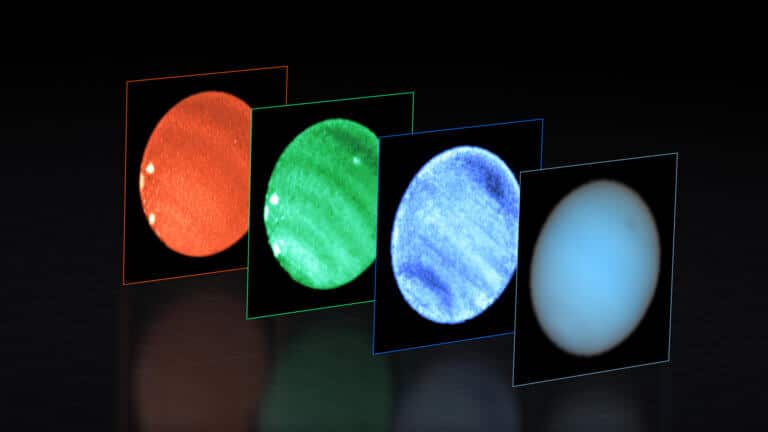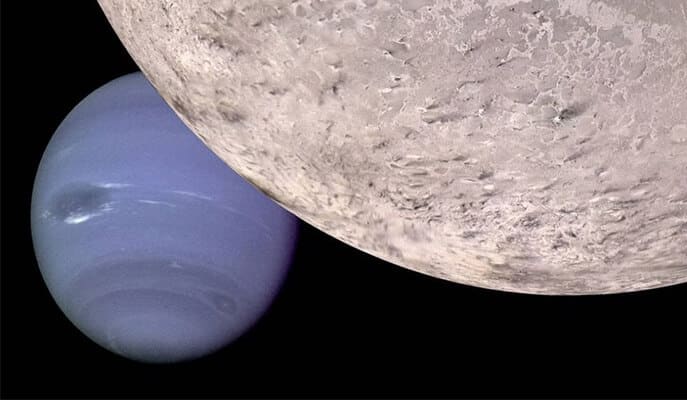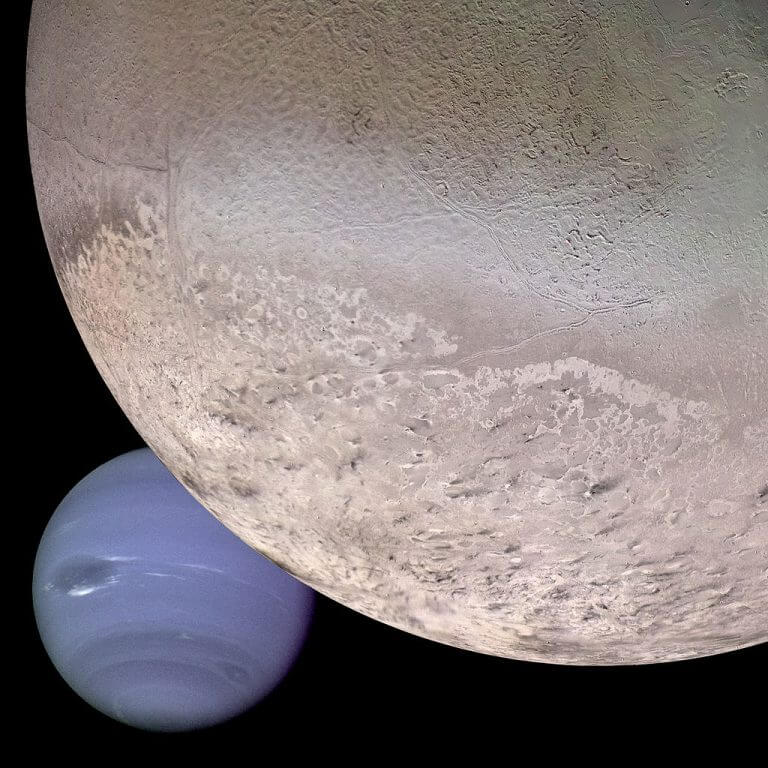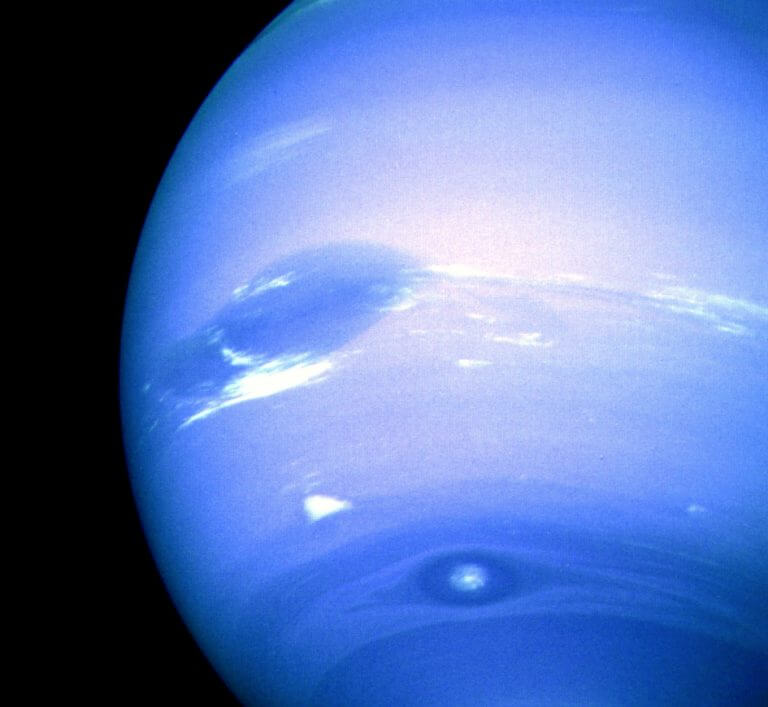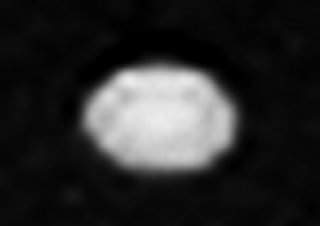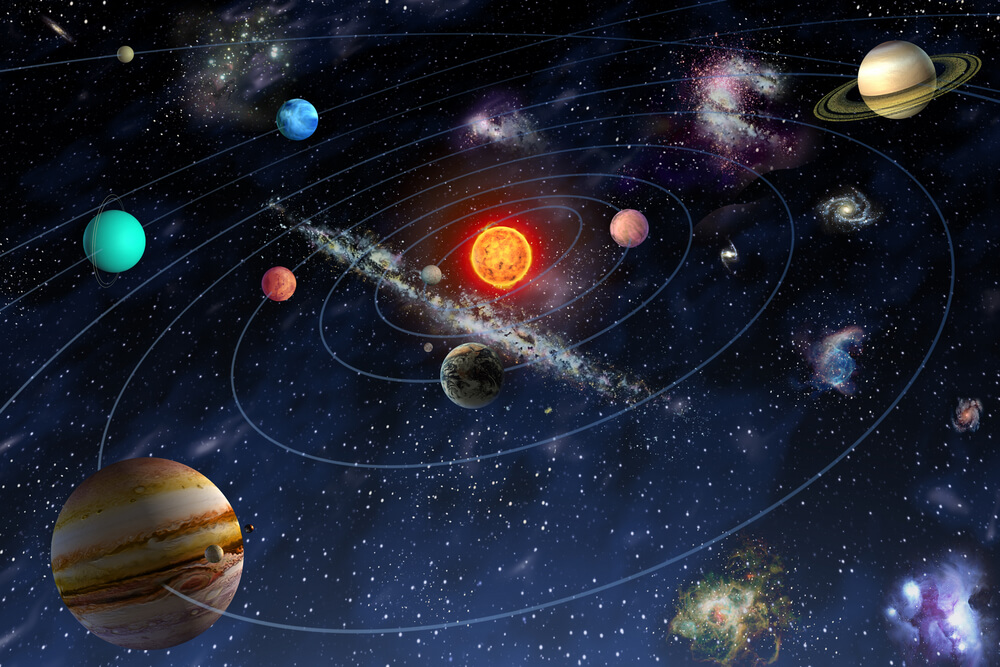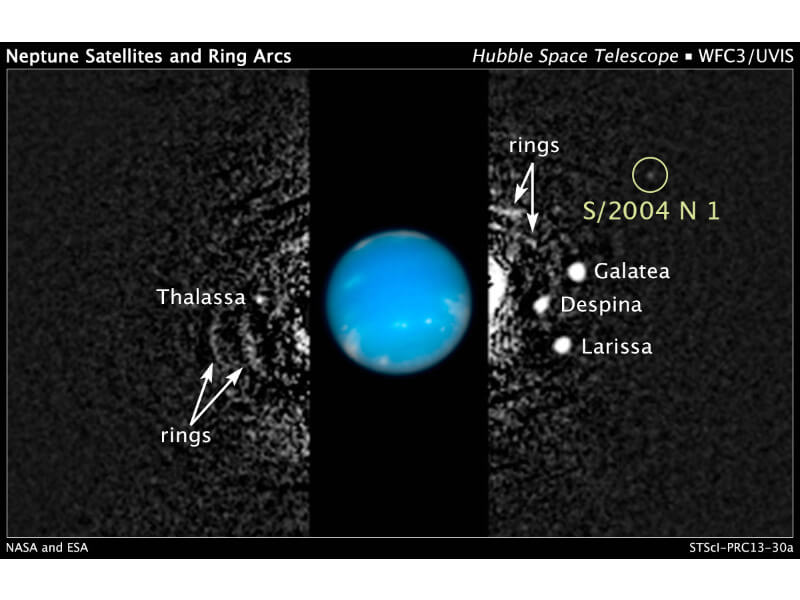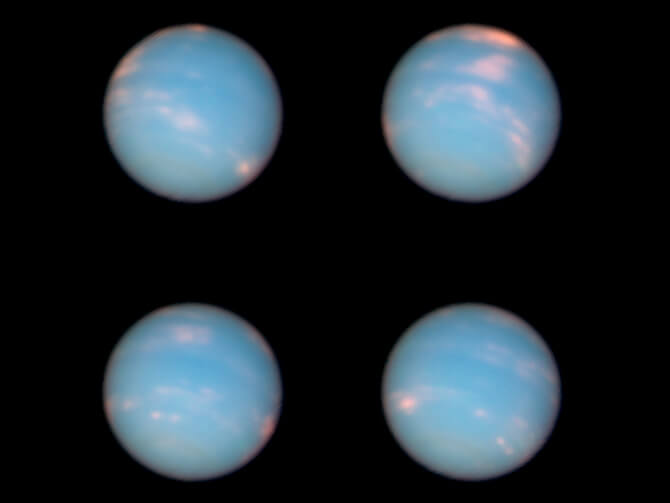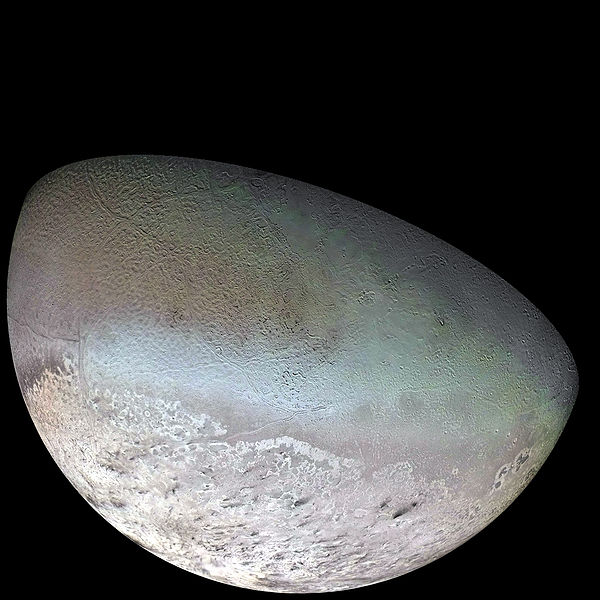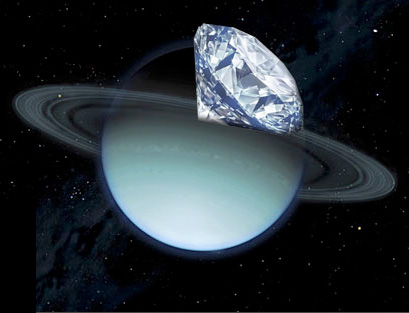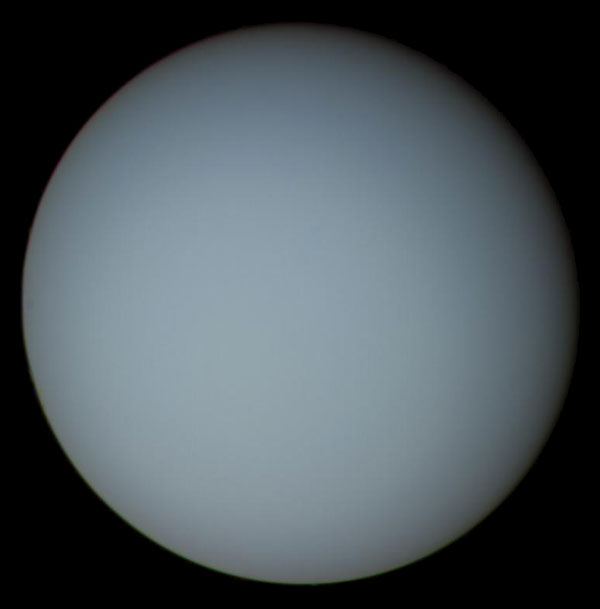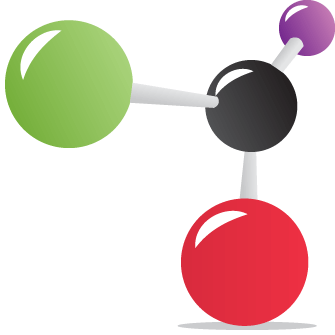Hayadan > Space and astronomy > Solar System > Neptune
Neptune
- Avi Blizovsky
- September 28, 2023
- No comments
New research reveals mysterious dark and bright spots in Neptune's atmosphere using first ground-based observations with the VLT telescope
- Universe Today
- July 26, 2022
- 4 תגובות
In addition to its intriguing internal structure (and strange phenomena like diamond rain!), scientists believe that Neptune played an important role in the formation of the solar system and that its composition includes large amounts of gas that was part of the prestellar nebula from which the solar system formed
- Weizmann Institute
- May 14, 2020
- 2 תגובות
- Weizmann Institute
- January 24, 2018
- No comments
- Haim Mazar
- August 25, 2017
- No comments
- Haim Mazar
- March 21, 2017
- 4 תגובות
- Rami Yushobiev
- October 1, 2013
- 9 תגובות
- Itai Nebo, editor of the Davidson Institute website
- July 16, 2013
- 2 תגובות
- Avi Blizovsky
- July 17, 2011
- 4 תגובות
- Haim Mazar
- January 8, 2011
- 2 תגובות
- Eitan Crane, Hamda
- June 4, 2010
- 10 תגובות
- Avi Blizovsky
- December 31, 2009
- 17 תגובות
- Avi Blizovsky
- January 18, 2007
- 3 תגובות
- Avi Blizovsky
- July 1, 2006
- No comments
- Avi Blizovsky
- May 14, 2006
- No comments
- Avi Blizovsky
- September 4, 2005
- No comments
- Haim Mazar
- May 10, 2005
- One response
- Avi Blizovsky
- December 17, 2004
- 2 תגובות
- The Israeli Astronomical Society
- August 19, 2004
- No comments
- Dikla Oren
- March 15, 2004
- No comments
- Avi Blizovsky
- December 4, 2003
- No comments
- Avi Blizovsky
- May 18, 2003
- No comments
- Avi Blizovsky
- January 18, 2003
- No comments
- Avi Blizovsky
- January 10, 2003
- No comments
- Haim Mazar
- September 22, 2002
- One response

